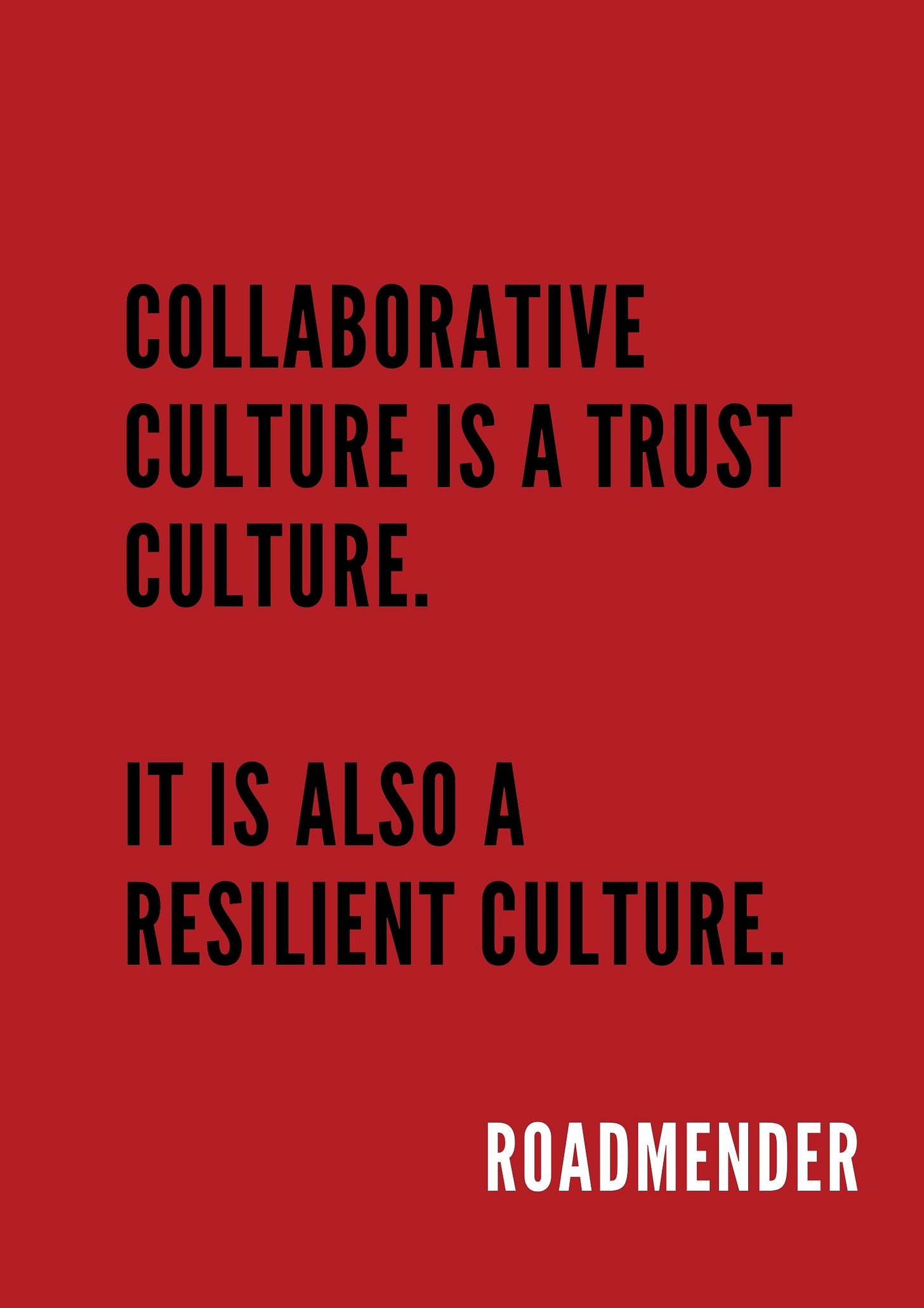Reclaiming collaboration
It’s time to wrest the subtle art of collaboration from the jaws of everyday spin.
The famous co-founder of once widely popular start-up WeWork claimed that the majority (70%) of those who paid to use the WeWork shared space collaborated.
This always seemed like a possibility given that individuals, entrepreneurs, the self-employed, freelancers and others in need of such office arrangements were working in close proximity, given the entire concept. But even a surface level grasp of real business collaboration would be enough to question the reality of such a claim.
For a start, what exactly did the co-founder define as collaboration? Judging by the way the term has been popularised, there’s a real possibility that ‘collaboration’ is a very loosely defined catch all for all kinds of transactions and encounters. Two people in a shared office space having a random chat while making a coffee may just as easily be considered collaborating as two people spending months working on a project. That is the new picture of collaboration today.
By the same token, this is also where collaboration as a concept and practice starts to lose its meaning as well. This laconic use of the term has muddied the waters to a point where some have ominously claimed that ‘collaboration is taking over the workplace’ as if it is an out-of-control behaviour that is presenting mortal risk to business.
Reservations about collaboration in business have always been real and in many instances truly worrisome. Research in the area goes back decades. A running theme of the sum of difficulties with collaboration may be summarised as follows: we know collaboration can be beneficial to business, but it is hard to measure its outcomes; it’s a difficult to manage process and collaboration does not always deliver or, when it does, it can be more expensive than we hoped for. So-called promoters of collaboration have been too quick to act like marketers rather than business strategists. Which, whilst it has produced some results in encouraging people to consider collaboration as a serious component of a business strategy, it has also, in large part due to at times simplistic messaging, presented collaboration as being overly simple, easy and almost risk free. Naturally, for many business managers that kind of messaging rings alarm bells. With good reason.
Collaboration is not and should not be the default mode of operating. It should be used only when it makes strategic sense. Admittedly, I see collaboration as a very robust and strategic tool that, with good governance, first class data and careful management, is likely to live up to its reputation. Collaboration is not ‘plug and play’ software. No more than good marketing strategy is. It’s a business practice that takes time to improve before desired results can show.
For a business to ignore collaboration is as naïve in equal measure as it would be to just embrace collaboration without doing the necessary groundwork. Groundwork in this case specifically means getting to understand the history of business collaboration, being well informed about the way collaboration can make a business more competitive, innovative, efficient and resilient, and dedicating the necessary resources to it.
It is well known that there has been a steady increase in expectations among employees that collaboration forms an integral part of value creation and overall organisational culture. This trend will continue for a host of reasons. That alone is a strong enough reason for any business to design organisational culture with collaboration as a strategically managed process. It must form a clear-cut measure of business health.


